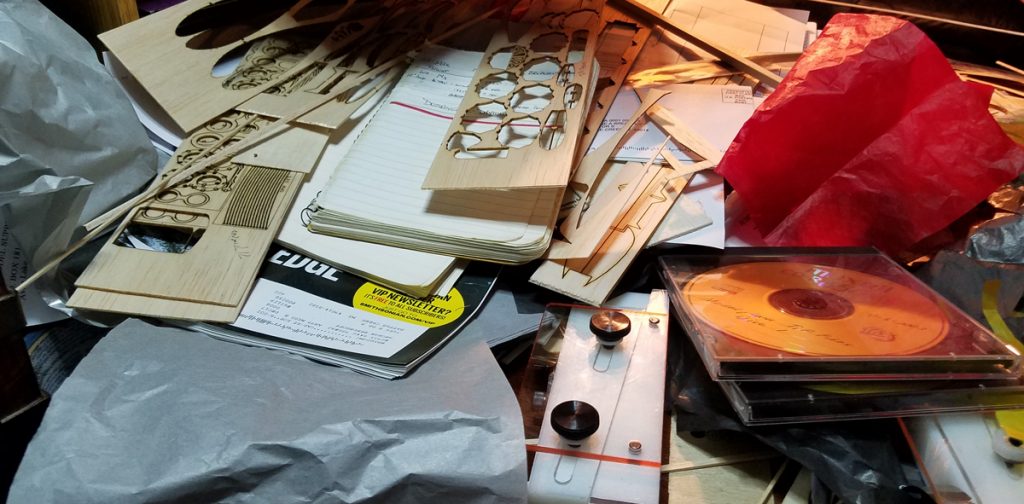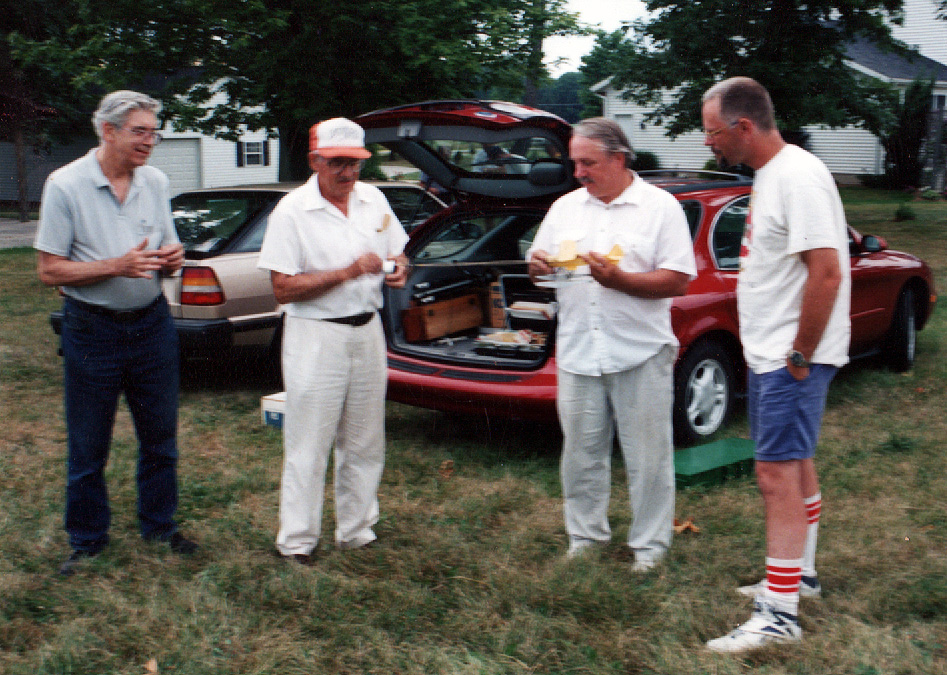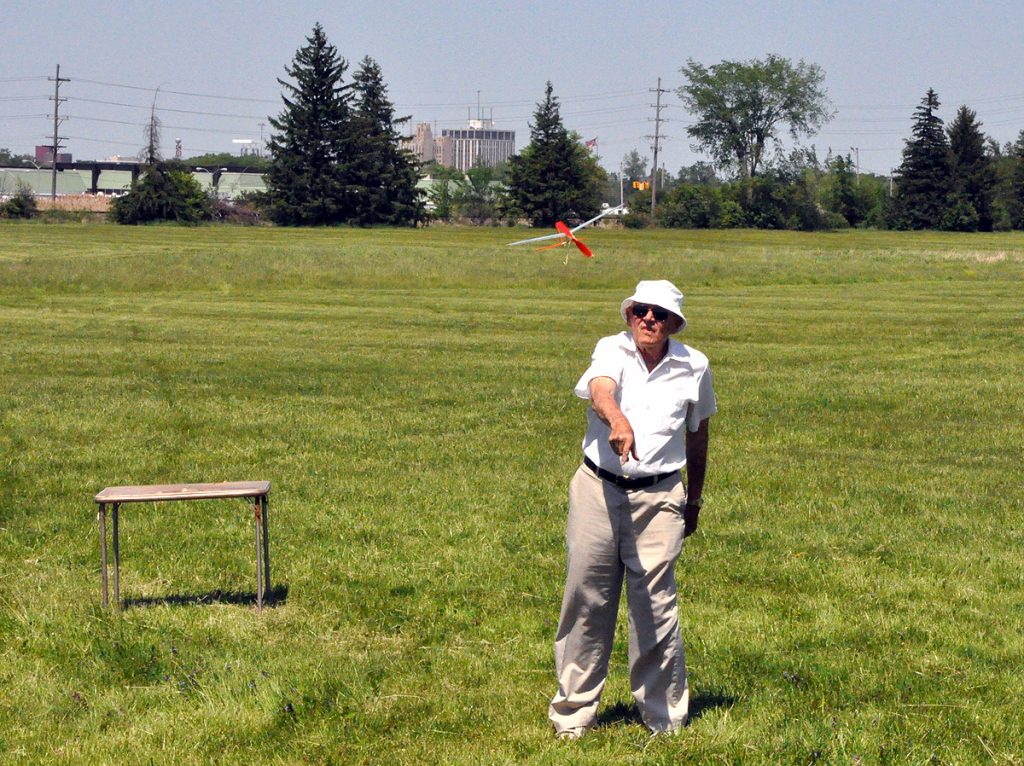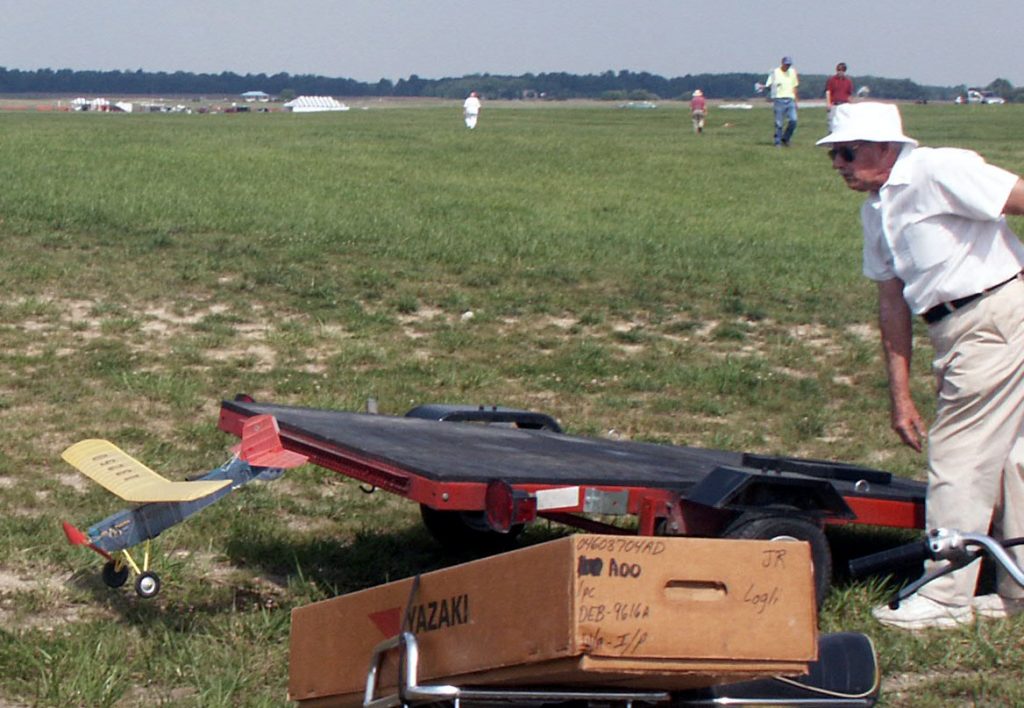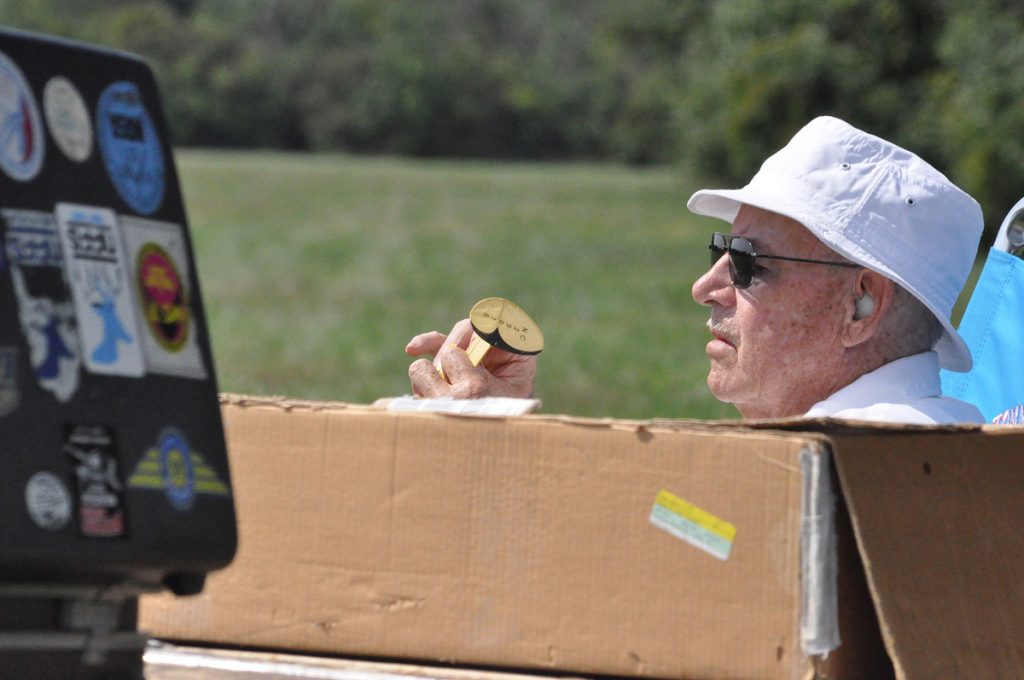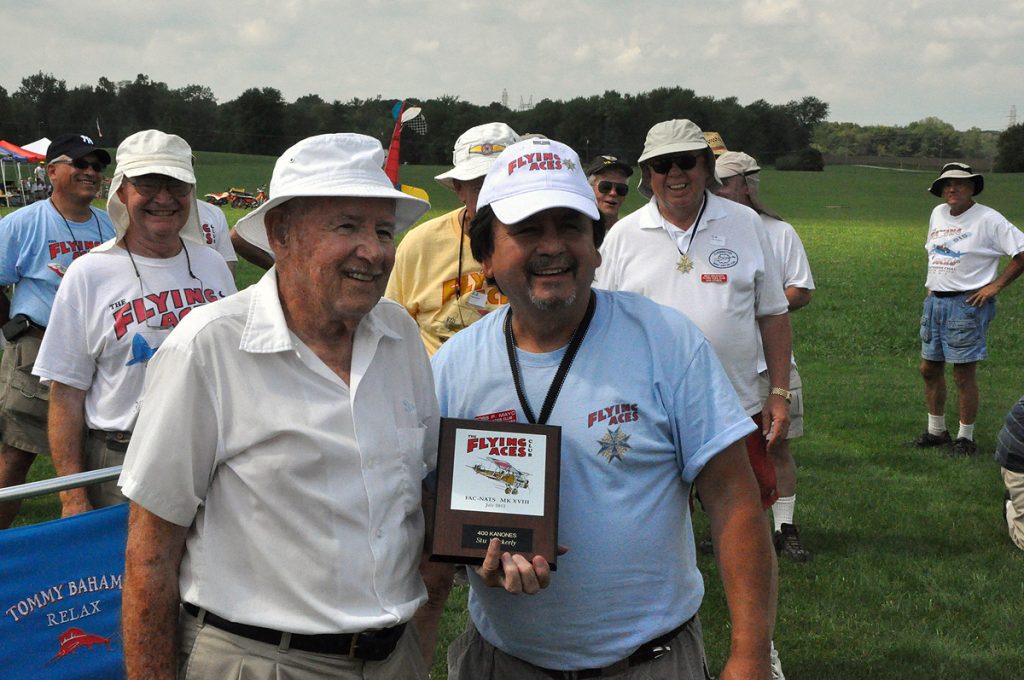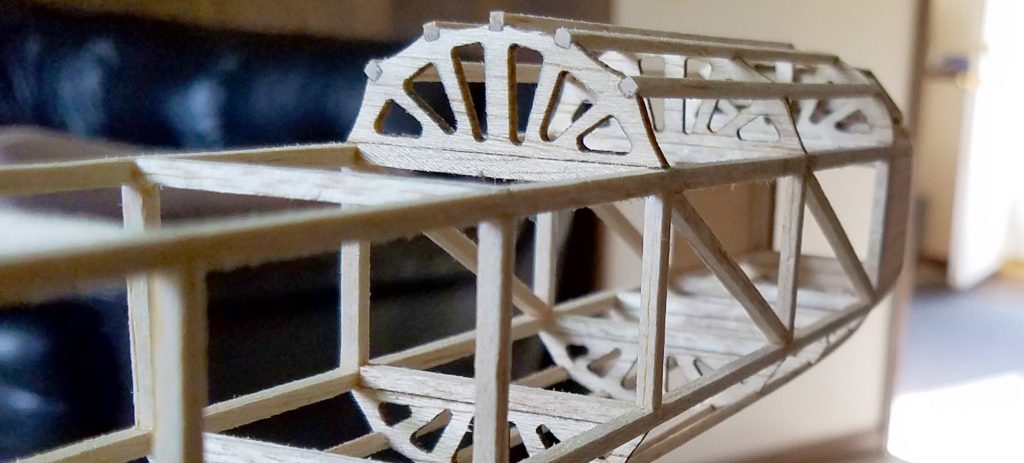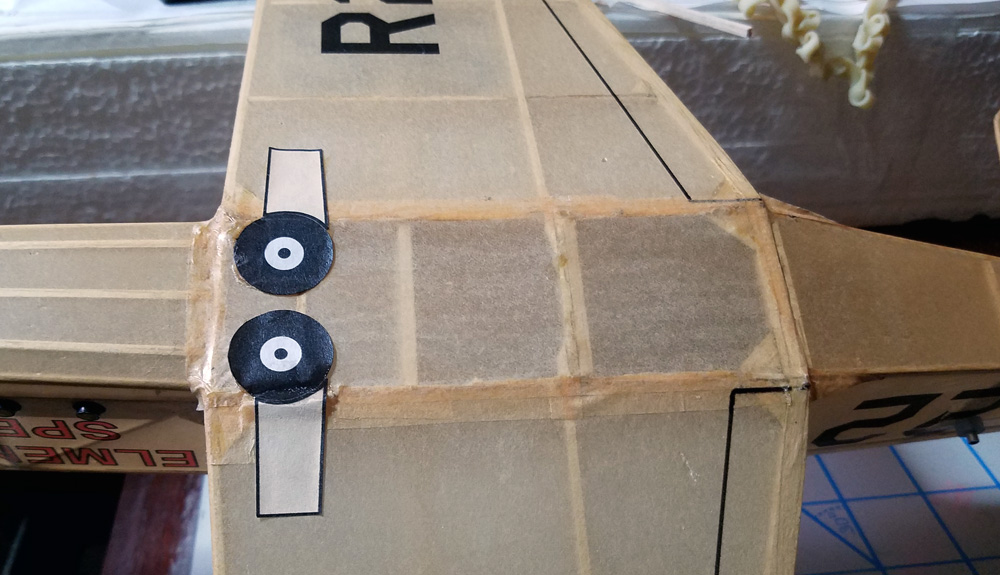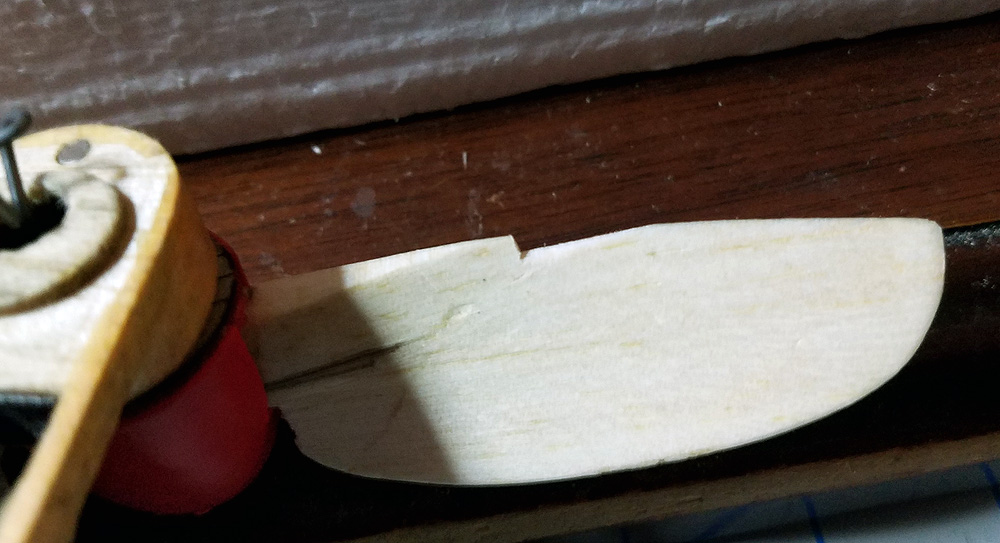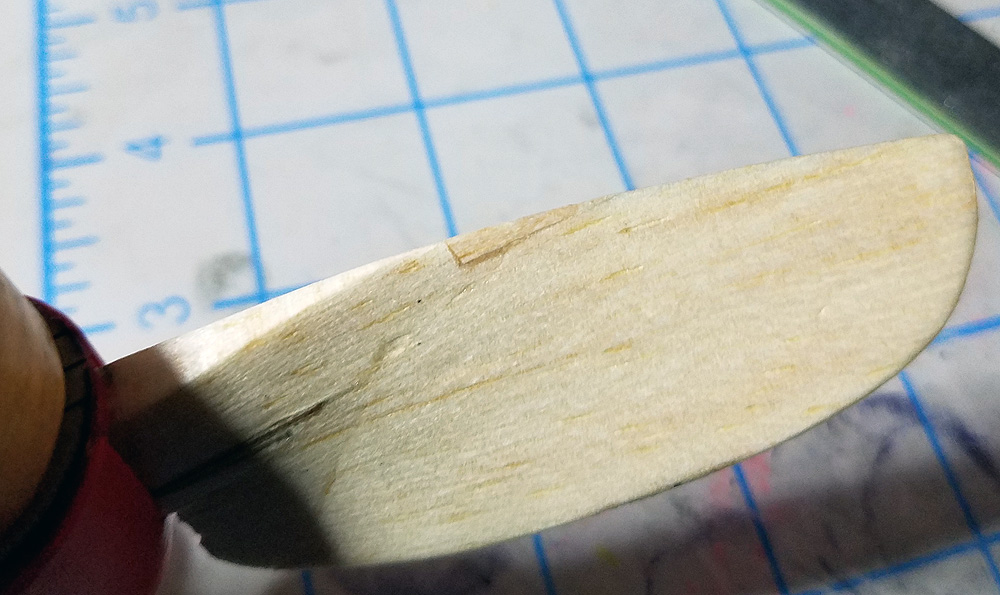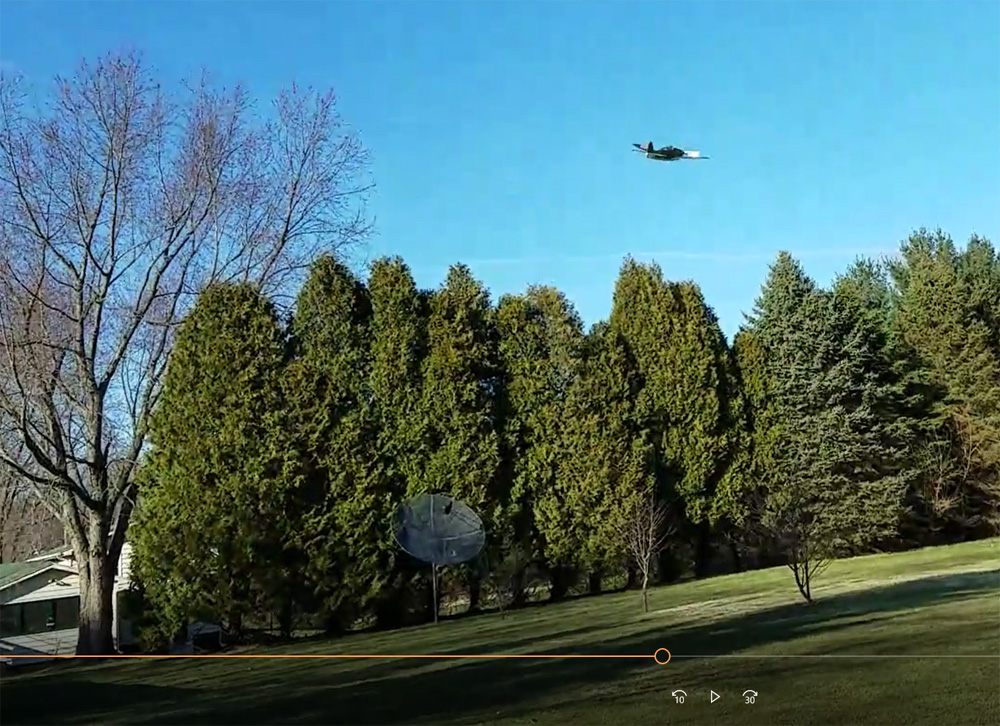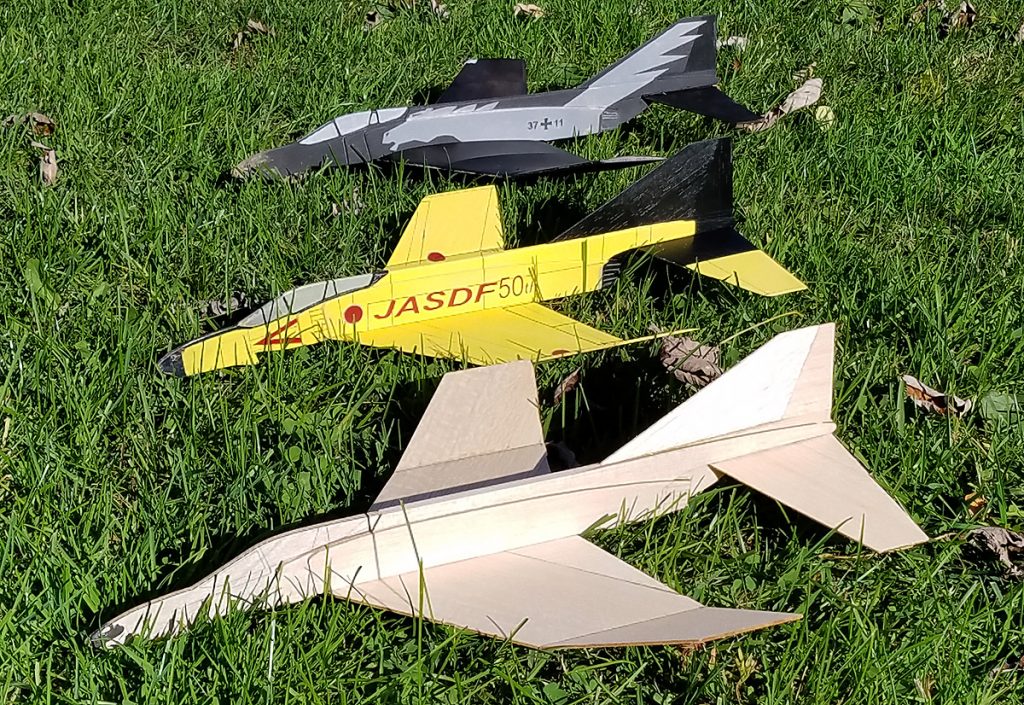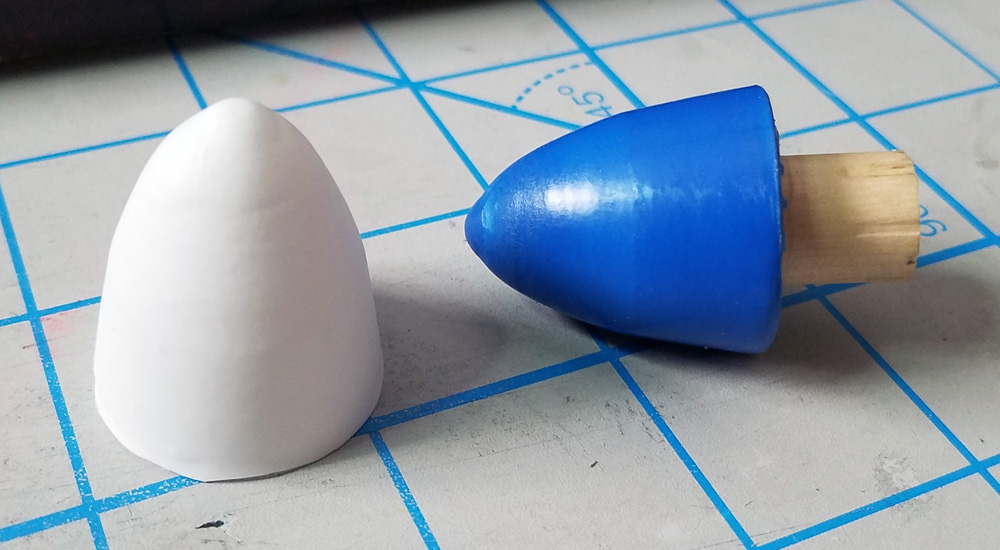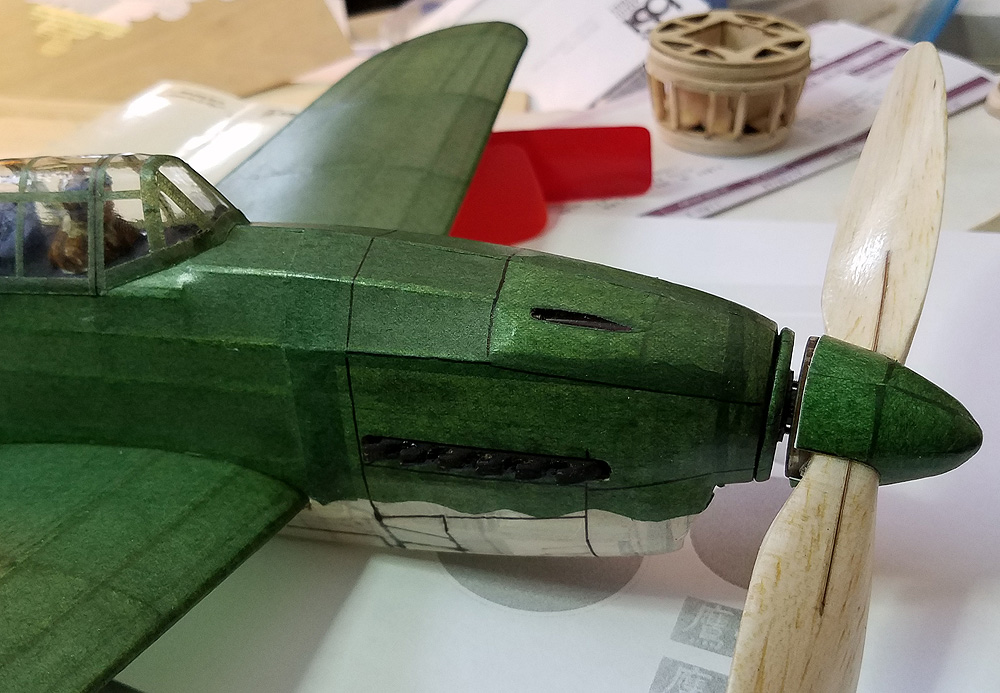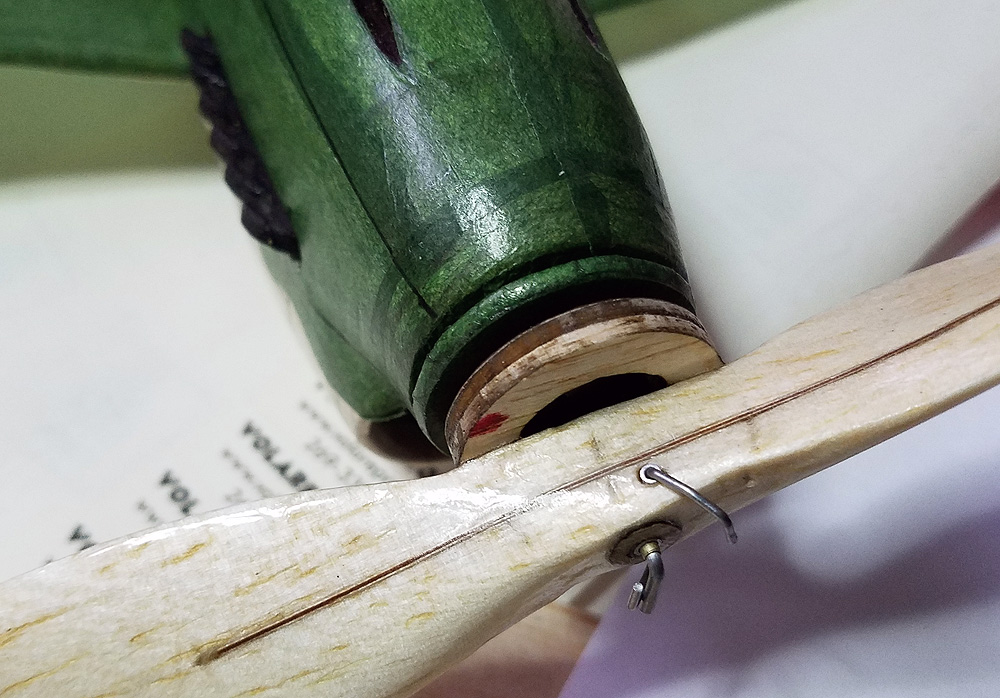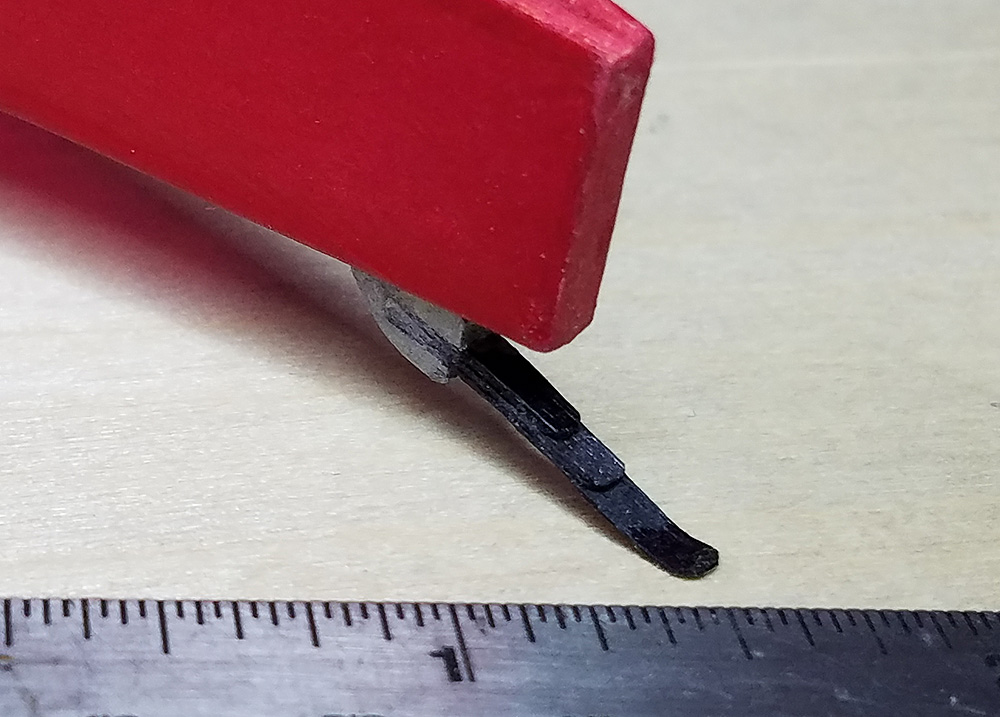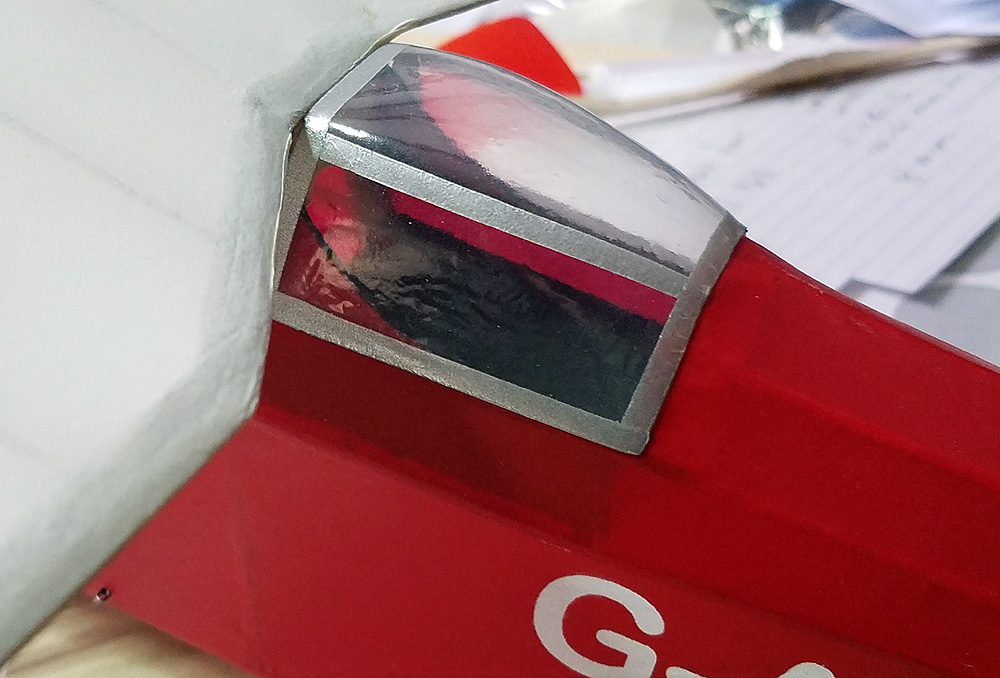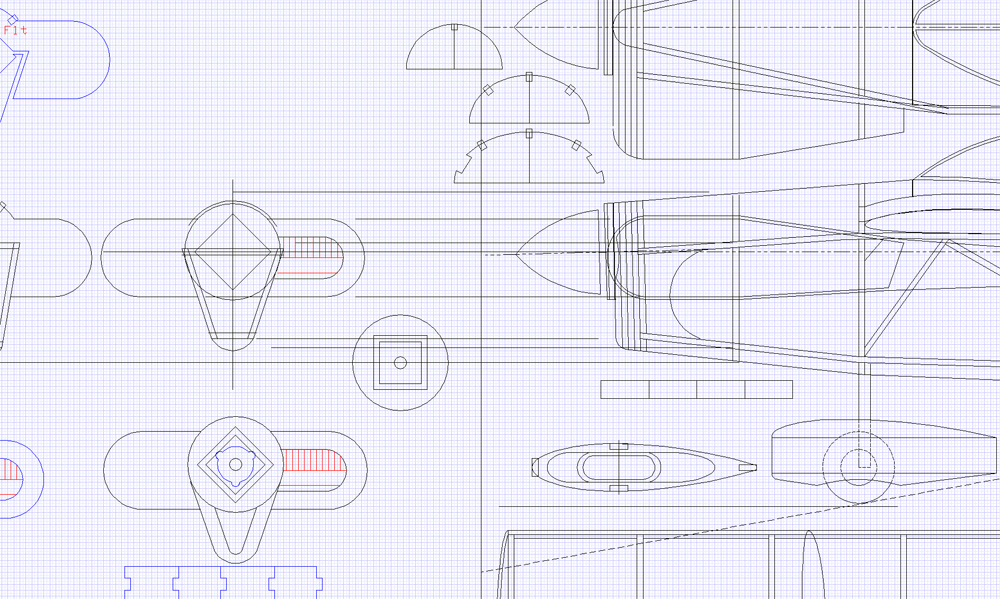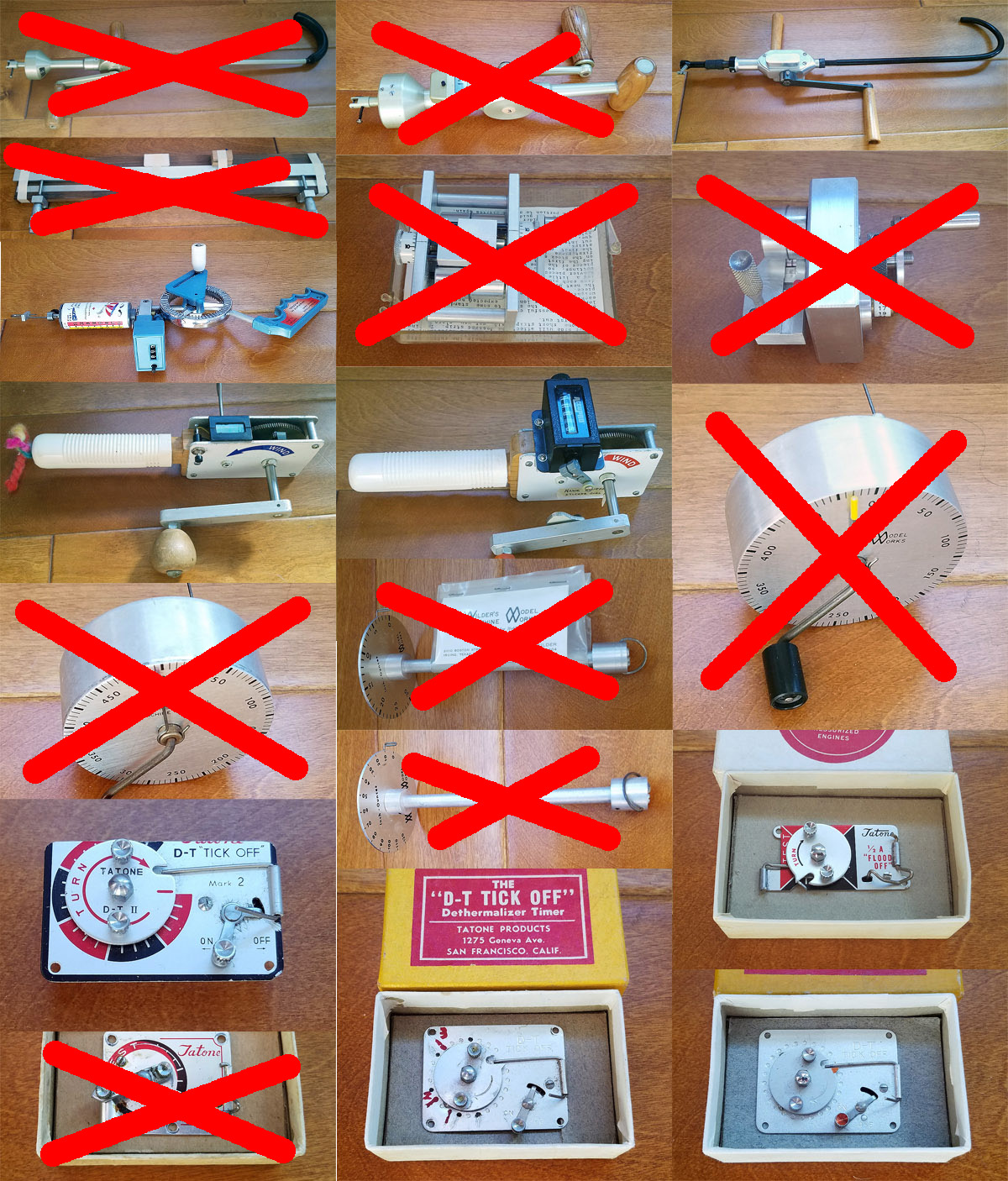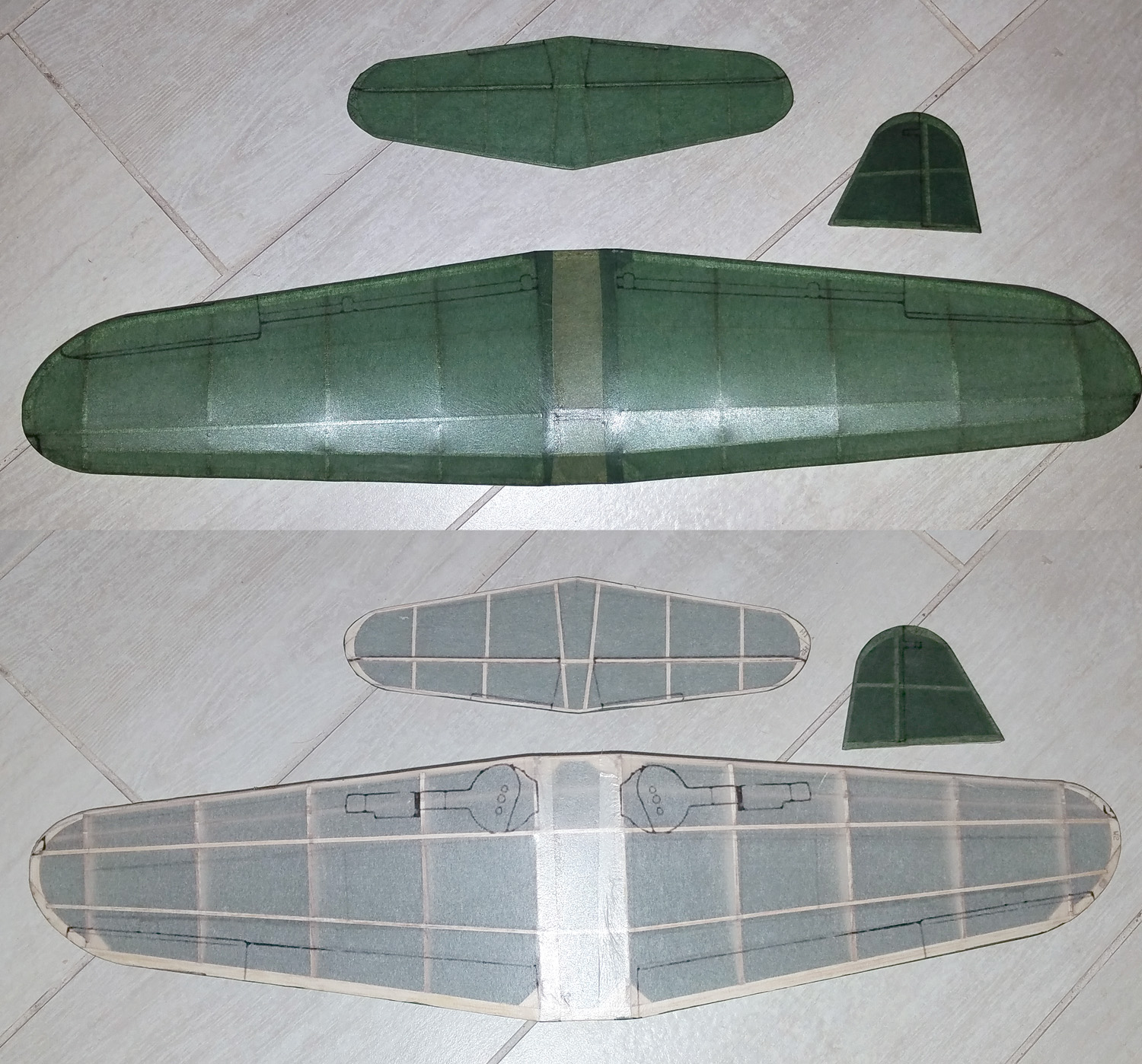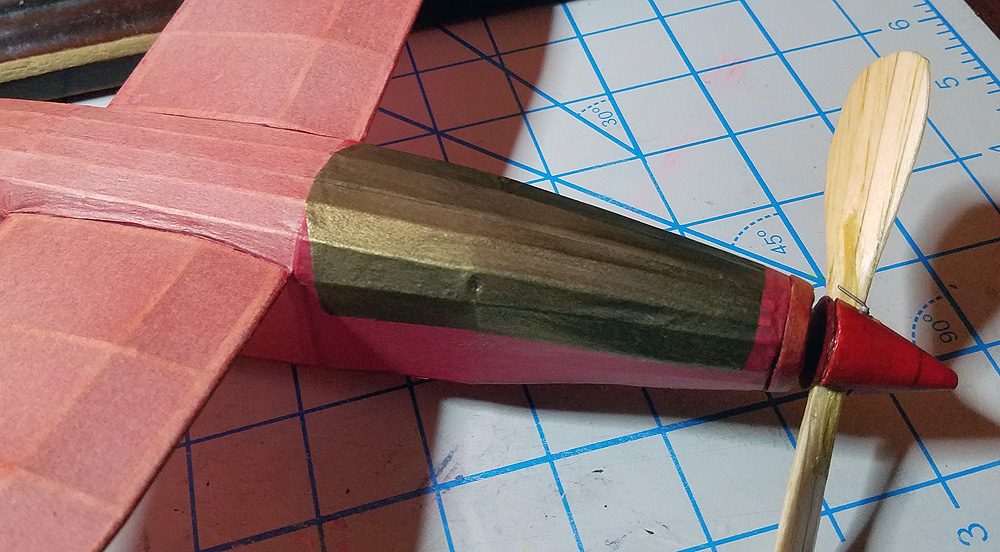People might not believe me, but things seem to be slow this week. I’ve been working on a couple of “tribute” plans and models; one is for a local legend and I will reveal it after Sunday (when I reveal it to him) and the other is for a modeler of great renown that passed away many years ago. I will probably donate the plans to a newsletter or two and offer up short kits of the models.
I do most of my drawing in the morning – consider it part of my wake-up process, along with the mandatory cup of coffee. I get in a good hour or two, maybe more, before I start in on more active things, like packing orders, cutting kits, or washing dishes.
One of the things that I have started to do is listen to a “podcast”. This isn’t an intentional advertisement, but, if you’re like me and love the Golden Age of aviation and racing, you always liked the movie “The Rocketeer“. Well, a couple of guys are dissecting the movie minute-by-minute and each minute is a new day’s episode. They really go in depth with the subject, not only about the movie, but the music, key personnel – and the airplanes. Good stuff; check it out here: http://www.rocketeerminute.com/

My place is a mess. I don’t mean my house (although my wife would disagree), I mean my work areas, building areas, work shop, business shop – a terrible mess. I love (hate?) seeing photos of guys building where they have the immaculate work bench. I marvel at their abilities – not so much their building techniques, but how in the world to they keep it clean? I get focused on the “build”, the subject at hand, and everything else is secondary. My bench (pick one) is covered with parts and scraps – wood, tissue, whatever – from several builds. And as soon as the current build is done, my mind switches to “what’s next?” I don’t have time to be bothered by clean up.
Why do I even mention this? Well, it is incumbent upon all of us modelers to think about our “messes” and what will become of those messes when we are no longer around. Because whoever is left with our hobby materials and supplies will certainly have a lesser estimate of their value.
I helped with the clean-up of the late Stu Weckerly’s hobby room yesterday. Stu had moved to an apartment about 10 years ago, so I am sure that he got rid of a lot of stuff himself. His room was filled with stuff, but in hind-sight, was probably minimalist in what was present. That’s not to say that we didn’t have a big task in cleaning it out, but it could have been much, much worse.
But the fact remains – we were ruthless. We trashed a lot of things – things I wouldn’t trash off my own bench. But that is probably because I am still using them. But all paints, glues, pins, balsa scraps, and so much more got tossed in the trash. Even many of his models (the ones that were under repair or missing parts) were unceremoniously shoved into a garbage bag. I did take home a LOT of stuff, but I will be reviewing it all again and getting rid of what I just cannot keep. I did take a large stack of airplane books that probably would have gone into the trash. I don’t know where I am going to keep them, but I couldn’t stand to see them tossed.
So, don’t just “use the good wood“, but make these decisions yourself, or at least as many as you can. No one thinks they are going to pass on; everyone thinks there is tomorrow and the next model, but that is obviously not true. Help those that help you – your survivors will not know what is what, or have the sentiments that you do regarding certain items. Save your loved ones from making as many of these decisions as possible while they are grieving (they will be grieving when you’re gone, right?) And some of us know in our hearts that we have more of a problem and mess than others. So get busy and make a plan and put it into action.
One last parting comment – here is a video that came home with me yesterday. It is Stu flying indoors. Thanks, Stu, for being a modeling friend.

